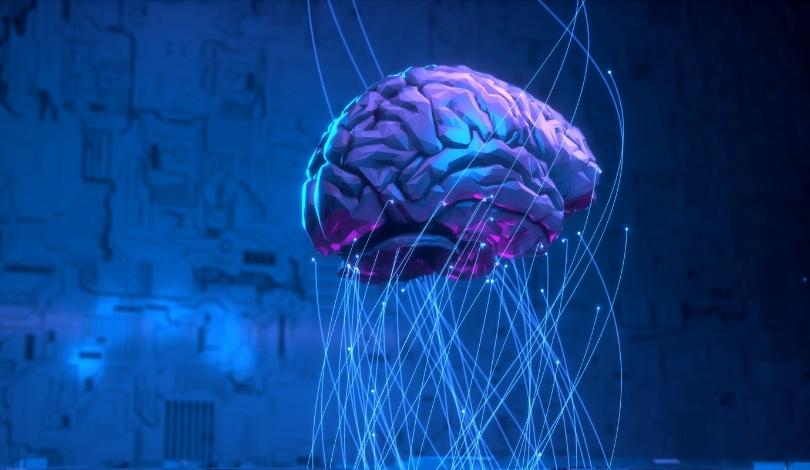OpenAI is undergoing a significant transformation as it strives to balance its core nonprofit mission with the demands of a rapidly growing AI market. Sam Altman, the CEO, has articulated the organization’s commitment to maintaining its ethical direction while restructuring to secure the funds necessary for advancing Artificial General Intelligence (AGI). This strategic shift encompasses both the business aspects and the overarching goal of making AI a tool for widespread human benefit.
OpenAI’s early days were marked by uncertainty, contrasting with its current expansive vision. The initial focus was unstructured, centered around basic AI research. Over time, the vision coalesced into democratizing AI by making it accessible globally. Previously, OpenAI was structured as a strict nonprofit, with a unique capped-profit system under its subsidiary, which seemed logical when the competition was sparse. Now, as the landscape is populated with other AGI players, a simpler capital structure is preferred. This transition reflects a broader industry trend where firms opt for flexible models like Public Benefit Corporations, allowing them to pursue public good alongside profitability.
What Drives OpenAI’s New Structure?
OpenAI is transitioning its for-profit LLC into a Public Benefit Corporation (PBC). This move is designed to attract the substantial investment required to develop and distribute AI technologies on a global scale. PBCs are companies legally obligated to uphold their public benefit mission, a model that mirrors other tech firms’ strategies. This transformation offers OpenAI a robust framework to gather investment while staying aligned with its nonprofit ethos.
How Will OpenAI Balance Profit with Purpose?
By evolving its corporate structure, OpenAI aims to maintain control over its mission-driven initiatives while fostering a sustainable business model. The nonprofit facet of the organization remains pivotal as it will oversee the newly established PBC, ensuring that the company’s actions align with its broader societal goals. OpenAI intends to allocate a significant share of profits into impactful community programs, blending AI capabilities with areas like healthcare and education.
Will OpenAI’s Democratization of AI Succeed?
OpenAI plans to use its resources to create an equitable AI distribution framework. By advancing its democratic AI agenda, the organization hopes to empower individuals and create societal advancements. This involves open-sourcing powerful AI models to encourage collaborative development and innovation across various fields. The commitment to safety and alignment with human values stands firm, with ongoing efforts in AI safety exemplified through “red teaming” strategies.
This restructuring is a strategic response to OpenAI’s need to remain competitive and effectively democratize AI. The organization’s new approach, integrating nonprofit goals with business acumen, marks a significant phase in the AI landscape. By fostering community-oriented projects while staying commercially viable, OpenAI seeks to lead by example in balancing ethical obligations with technological advancement.










